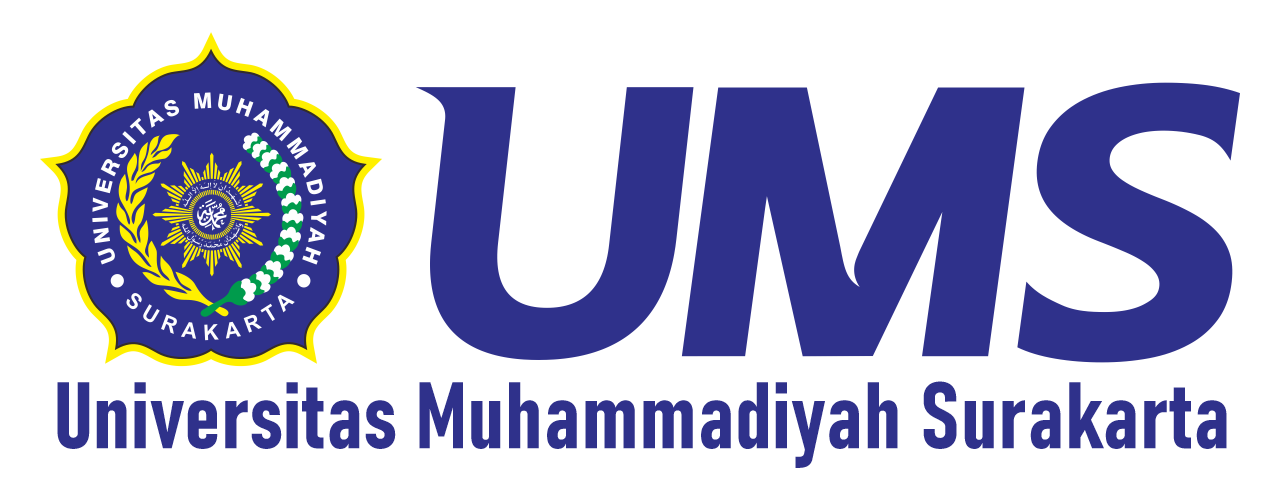A Systematic Literature Review on Effective Learning Media for Slow Learners in Primary Education
Keywords:
Slow Learners, Learning Media, Primary Education, Systematic Review, Media EffectivenessAbstract
This systematic literature review aims to identify and analyze various types of learning media that are effective in improving educational outcomes for slow learners in primary education. Slow learners are students with below-average cognitive abilities who do not qualify as intellectually disabled but face significant challenges in grasping abstract concepts and maintaining attention. This group requires learning interventions that are concrete, repetitive, and engaging to support their cognitive development. Using the PRISMA (Preferred Reporting Items for Systematic Reviews and Meta-Analyses) methodology, this review examines 25 peer-reviewed studies published between 2013 and 2023. The selection process involved systematic searches through databases such as Google Scholar, ERIC, ScienceDirect, and Garuda, with a focus on studies related to "slow learner," "instructional media," and "primary education." Each study was appraised using a five-point rubric encompassing criteria of validity, reliability, clarity, applicability, and ethical compliance. Findings reveal that media integrating visual, tactile, and manipulative features are consistently effective for slow learners. These media such as flashcards, multimedia games, counting kits, and simulation-based tools enhance comprehension, motivation, and classroom participation. Key design principles include simplicity, multisensory input, and adaptability. The study also presents a quantitative formula to evaluate effectiveness, along with practical and theoretical implications for future media development and inclusive education practices.
Downloads
References
Ahmad, S., Hadi, S., & Latifah, R. (2022). Teacher Competence in Inclusive Education: A Case Study in Elementary Settings . Journal of Special Needs Education, 9(1), 29–40.
Akbar, S. (2015). Instrumen Perangkat Pembelajaran. Bandung: Remaja Rosdakarya.
Booth, A., Sutton, A., & Papaioannou, D. (2016). Systematic Approaches to a Successful Literature Review (2nd ed.). Sage Publications.
Creswell, J. W. (2014). Research Design: Qualitative, Quantitative, and Mixed Methods Approaches . SAGE Publications.
Gough, D., Oliver, S., & Thomas, J. (2012). An Introduction to Systematic Reviews . Sage Publications.
Guthrie, J. T., & Wigfield, A. (2000). Engagement and motivation in reading. In M. L. Kamil et al. (Eds.), Handbook of Reading Research, Vol. 3, 403–422.
Kitchenham, B. (2004). Procedures for Performing Systematic Reviews . Keele University Technical Report TR/SE-0401.
Kristianti, A. (2021). Pengembangan Media Kotak Hitung untuk Siswa SD. Universitas Negeri Malang.
Mayer, R. E. (2009). Multimedia Learning (2nd ed.). Cambridge University Press.
Moher, D., Liberati, A., Tetzlaff, J., & Altman, D.G. (2009). Preferred Reporting Items for Systematic Reviews and Meta-Analyses: The PRISMA Statement. PLoS Medicine , 6(7), e1000097. https://doi.org/10.1371/journal.pmed.1000097
Page, M.J., McKenzie, J.E., Bossuyt, P.M., Boutron, I., Hoffmann, T.C., Mulrow, C.D., ... & Moher, D. (2021). The PRISMA 2020 Statement: An Updated Guideline for Reporting Systematic Reviews. BMJ , 372, n71. https://doi.org/10.1136/bmj.n71
Pashler, H., McDaniel, M., Rohrer, D., & Bjork, R. (2008). Learning styles: Concepts and evidence. Psychological Science in the Public Interest , 9(3), 105–119.
Petticrew, M., & Roberts, H. (2006). Systematic Reviews in the Social Sciences: A Practical Guide. Blackwell Publishing.
Putra, R., Yusuf, M., & Kartika, H. (2022). Augmented reality for primary math instruction: A slow learner case study. Journal of Technology and Inclusive Education , 5(3), 65–74.
Rahim, N. A., Jalil, R., & Ismail, F. (2018). Visual aids in teaching mathematics to slow learners. Malaysian Journal of Learning and Instruction, 15(1), 45-62.
Shute, V. J. (2008). Focus on formative feedback. Review of Educational Research, 78(1), 153–189.
Simanjuntak, D., & Putri, N. (2021). Digital storytelling as a strategy for inclusive literacy education. International Journal of Instructional Technology , 18(4), 112–124.
Sugiyono. (2019). Metode Penelitian Pendidikan: Pendekatan Kuantitatif, Kualitatif, dan R&D. Bandung: Alfabeta.
Sutopo, H., et al. (2020). "Multimedia Interaktif untuk Anak Berkebutuhan Khusus." Jurnal Teknologi Pendidikan, 22(2), 115–124.
Sweller, J. (2011). Cognitive Load Theory . Springer.
Tomlinson, C. A. (2014). The Differentiated Classroom: Responding to the Needs of All Learners . ASCD.
Wahyuni, D. (2020). Improving math performance through manipulative tools for slow learners. Journal of Educational Research and Practice , 10(2), 80–89.
World Health Organization. (2019). "International Classification of Functioning, Disability and Health." Geneva: World Health Organization.
Wiranda, I. (2021). Media Pembelajaran Interaktif untuk Siswa Diskalkulia . Universitas Negeri Yogyakarta.
Yusuf, M., & Widodo, W. (2019). Cultural Relevance in Media for Special Education. Journal of Multicultural Education, 13(3), 115–123.
Zharandont, S. (2015). "Pengaruh Warna terhadap Psikologi Belajar Anak." Jurnal Psikologi Anak , 7(2), 101–112.
Downloads
Submitted
Published
How to Cite
Issue
Section
License
Copyright (c) 2025 Ita Kurnia, Norhayati Binti Ibrahim

This work is licensed under a Creative Commons Attribution 4.0 International License.





